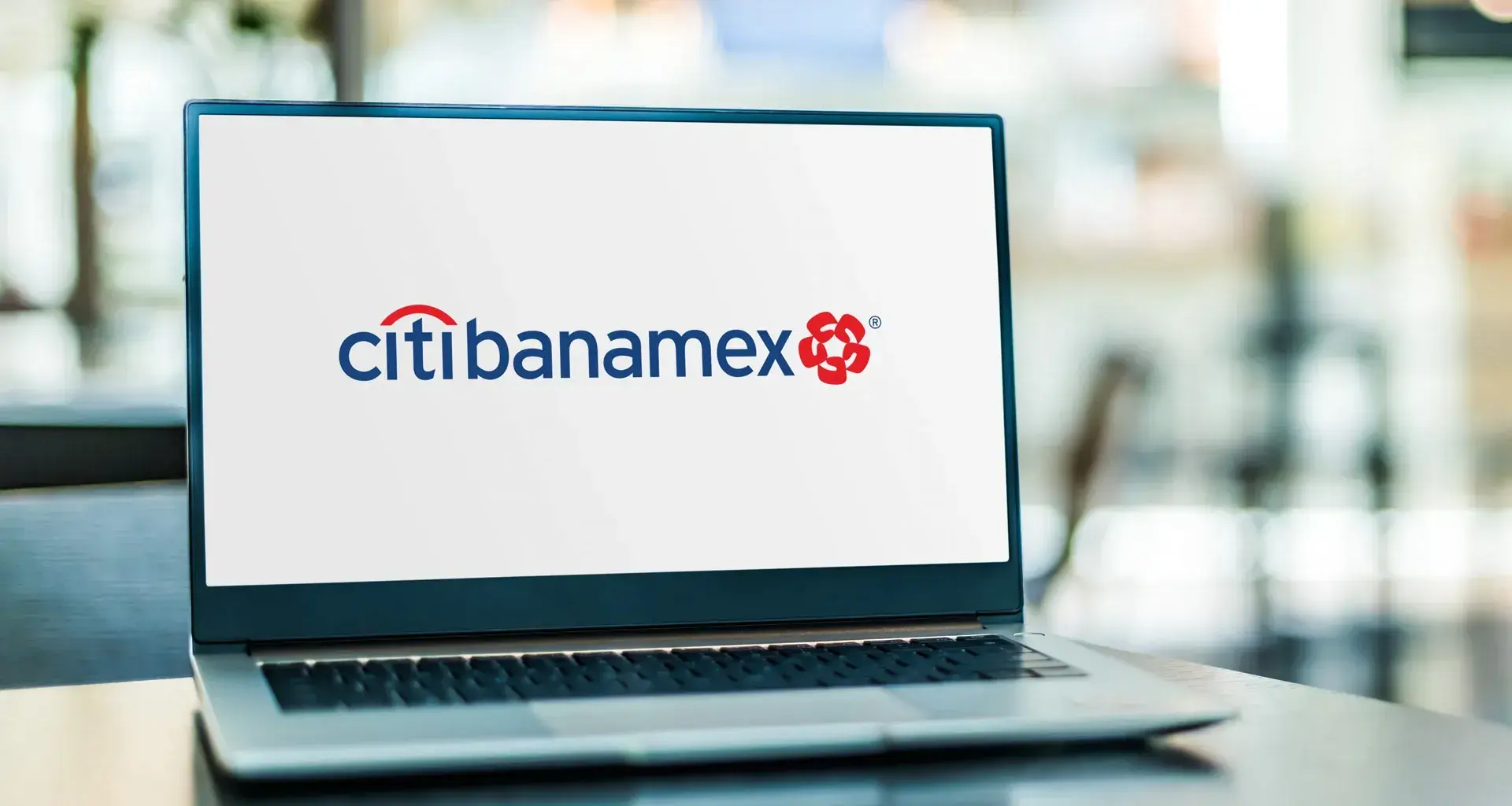Why is Citigroup selling Banamex? Will it cease to operate in Mexico? Will the sale affect me if I have a Citibanamex account?
After 20 years of operating in the country, Citigroup announced on January 11, 2022, that it intended to sell its Citibanamex consumer and business banks while maintaining its Institutional Clients Group operations.
According to Bloomberg, Citigroup would put a value of 15 billion dollars on the sale of Banamex.
Miguel Valle, Vice President of Finance at Tec de Monterrey, explained 6 key aspects to help understand this announcement from the global financial corporation.
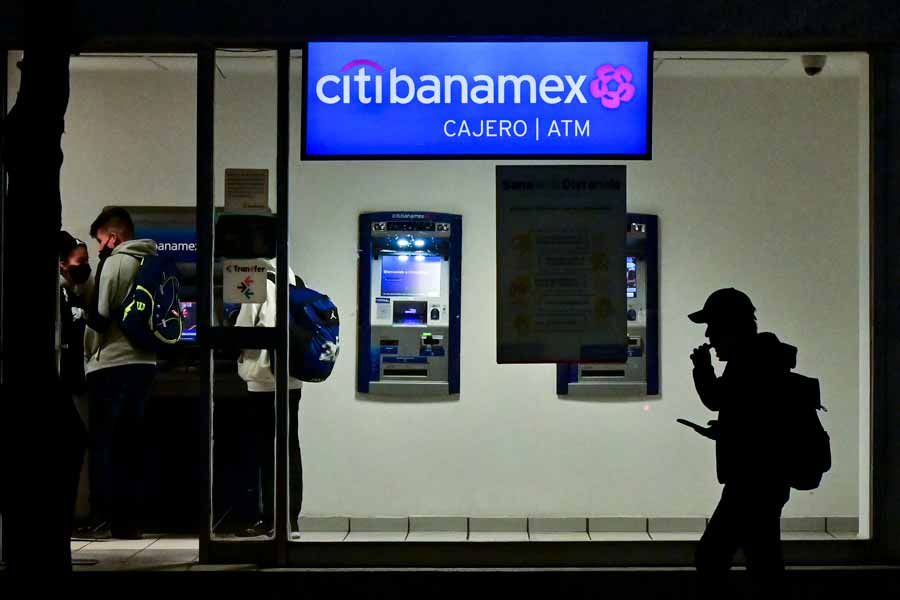
1. Customers will not be affected by the sale
Valle explained that Citigroup’s sale of Banamex will not affect consumer banking users in the country.
In the case of Mexico, it had decided that the part in charge of credit cards, retirement funds, mortgages, bank accounts, payroll accounts, and others will be sold to the highest bidder, he said.
The director stressed that accounts would continue to operate without any problem because, at the end of the day, they will only see a change of owner.
“Everything (for customers) is safe. Clearly, the National Banking Commission, Consar, and all the different agencies are going to make sure that all account holders’ interests are considered.”
He mentioned that, despite what many believe, the sale of banks is very common, and clients are the most important asset.
“Even for the future buyer, if there is one, the thing (the assets) that would really interest them are the account holders and the credit portfolios they have,” he stressed.
2. Sale, part of Citigroup’s global strategy
Valle explained that this sale corresponds to a strategy started in 2021 when Citigroup announced the sale of retail operations in 13 countries in Asia and Eastern Europe.
“This has actually been in the making since March 2021 when Jane Frasier, CEO of Citigroup, said some assets were going to be sold due to restructuring.
“What we need to understand is that they’re going to divest in all the countries where they had operations similar to those at Banamex, if they haven’t done so already.”
Valle said that this sale occurs when interest rates are rising, which makes it profitable, stating that this sale is part of a corporate strategy model.
Citigroup announced that the exit process will be subject to various conditions and regulatory approvals applicable in both the United States and Mexico.
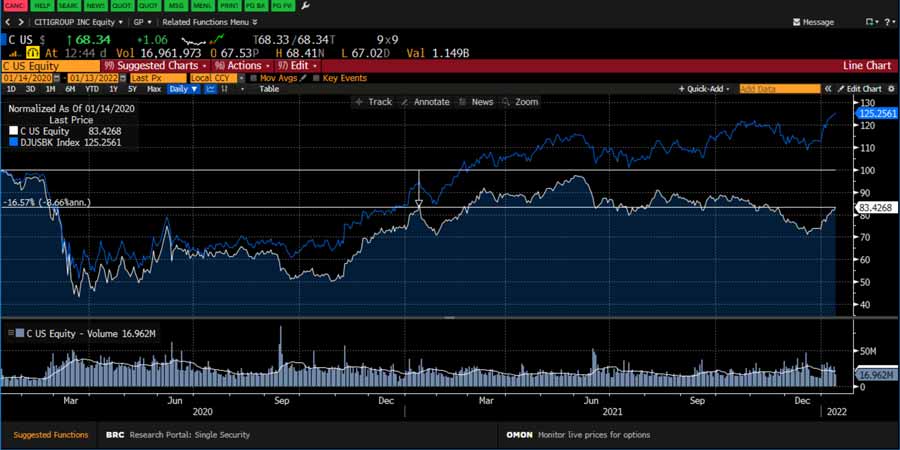
3. Citigroup will continue operating in Mexico
Fraser said in the statement that despite the sale of the retail bank, significant investments will be made in Mexico for its institutional clients in international capital markets.
“That’s good news for the country, and the fact that Citi will continue to commit to Mexico should calm Citibanamex clients.
“It’s strategically changing how it’s doing business globally,” he explained.
Valle said that 60% of adults in Mexico have at least one banking product, so the country’s market has a lot of potential.
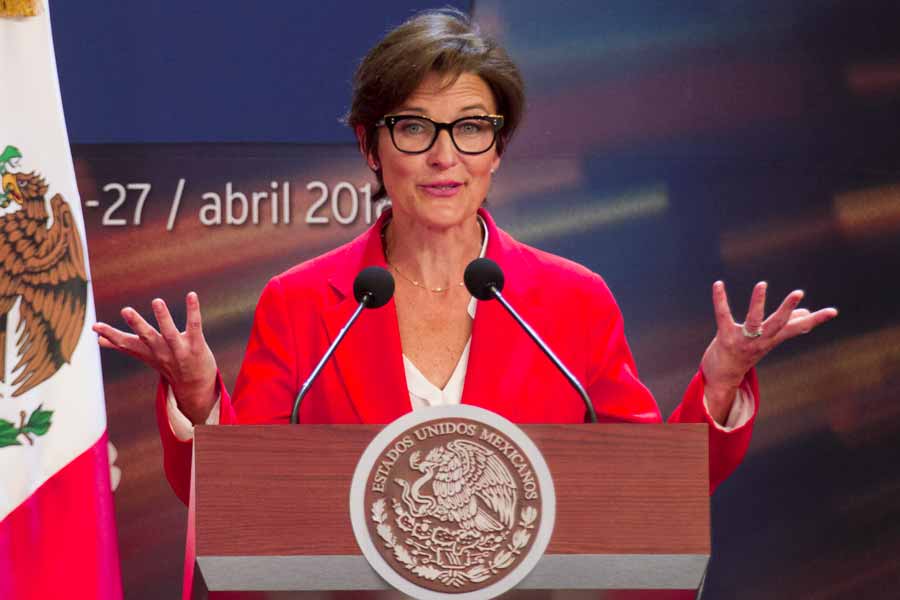
4. Banamex’s loss of market share
Valle pointed out that Citibanamex had lost 10 percent of its credit portfolio over a decade, from 20% to 10%, due to various factors.
“Mostly, it was the culture shock of integrating the National Bank of Mexico with Citi, which led to them losing a lot of talent, and the really complex task of trying to integrate the two.
Another factor was that since it was a leading bank, its trajectory was neglected, along with its competitors getting better.
“I think they saw it as a ‘cash cow,’ so they ignored it a bit, and at the same time BBVA went through a transformation at the Spanish level, where they began to improve a lot strategically. Banorte was also very aggressive.”
He said that in terms of fees, Banamex is a comparatively expensive bank.
“Think of a platinum credit card or master account from both banks and they give you the same benefits, but (in Banamex) you pay twice as much, so you’d rather go with the competition. That’s happened a lot.”
The issue of Fintech and self-managing banking was also an important factor in recent years, he said.
“You go into an app, you set it up, and that’s it. It’s a large, disruptive market that has challenged traditional banks.”
“That’s good news for the country, and the fact that Citi will continue to commit to Mexico should calm Citibanamex clients.
5. Potential buyers of Banamex
Valle shared various scenarios for possible domestic buyers.
“BBVA could be a candidate, but it doesn’t make strategic sense because it’s already the market leader. Additionally, there would be regulatory issues.”
“Banorte could buy it. They represent more or less half the assets, but they need to take on the very large operation of leveraging capital,” he said.
“For Santander, it would become the second bank at the portfolio level, above Banorte. For Scotiabank, it would also mean becoming second. It would be a very interesting move for both of them.”
“Banco del Bienestar doesn’t have the capital to do it. It would be the same with Banco Azteca. It also doesn’t have the necessary capital to buy it because Banamex represents double its assets,” Valle said.
“It would remain the same if any of them were to buy it. Only the logos and such would change.”
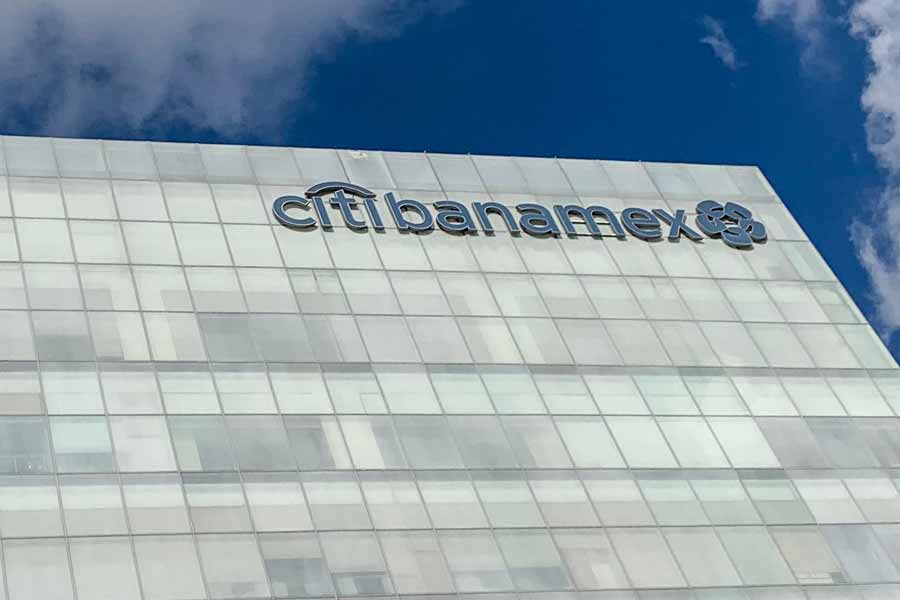
He pointed out that there would be long-term changes in service, experience, and format if there’s a disruptive buyer.
Of the potential foreign buyers, Valle said Brazilian banks Itaú and Nubank would have the capacity to buy it.
The Tec director said that if there are no formal buyers, there is the possibility that it will be listed on the Stock Exchange.
In this scenario, there would be independent investors who could take a majority position and then the public would buy the rest of Banamex.
“Banamex would become an independent company. An initial public offering of shares is made to large investors. When there’s certainty, then it would go public.”
He recalled that although it would be possible for many people to participate in a minority way with a public offer, someone would always have control of Banamex.
“In a board of directors, that person or group of people would have influence. And it could be a group of Mexican or foreign investors,” Valle concluded.
READ MORE:

